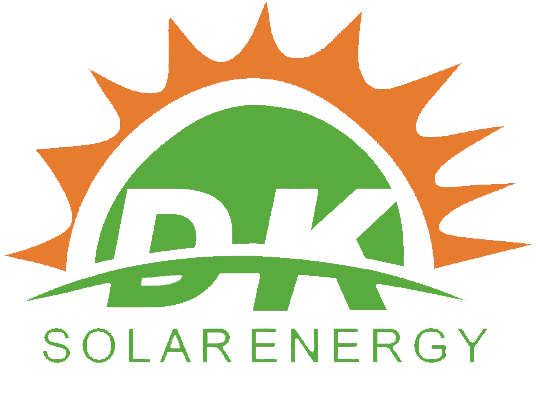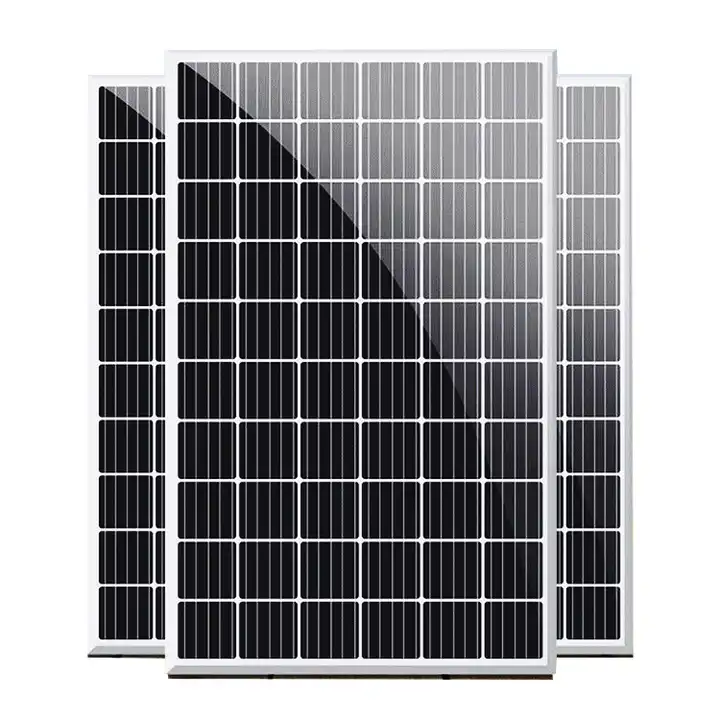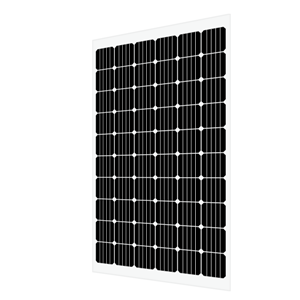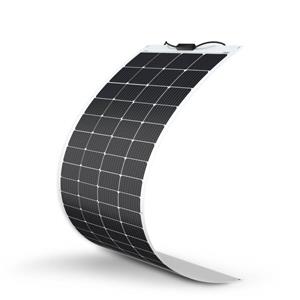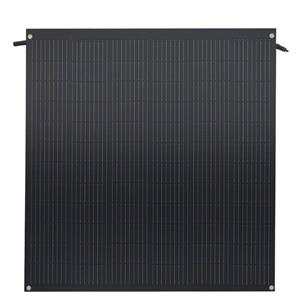-
3101-2024
The data analysis on the development status of photovoltaic glass in China
Photovoltaic glass, as a special glass for solar cell covers, plays a vital role. It not only protects solar panels from oxidation and corrosion from external moisture and gas, but also protects components from damage by external forces. The core properties of photovoltaic glass lie in its high light transmittance, high strength and strong corrosion resistance. These characteristics directly affect the lifespan and power generation efficiency of photovoltaic modules.
-
1201-2024
The flexible modules in real life conditions
Flexible solar panels are revolutionizing the way we use solar energy. These innovative panels are lightweight, durable and can be easily installed on a variety of surfaces, making them ideal for residential and commercial applications.
-
2911-2023
BIPV glass with printing technology
BIPV photovoltaic screen-printed glass is a special BIPV photovoltaic glass that uses screen printing technology to treat the glass surface to achieve photovoltaic power generation functions. Silk screen technology is a common glass process that forms a conductive film by printing conductive materials, such as silver paste or carbon nanotubes, on the surface of the glass. These conductive films can convert sunlight into electricity and output it to power the building's electrical system. BIPV photovoltaic screen printing glass has the following advantages:
-
3010-2023
Photovoltaic energy applications in China
Under the carbon neutrality goals, China traditional PV solar manufacturers are speeding the development of PV field and more applications of solar PV new energy. You will see as below informaitons:
-
1610-2023
The Characteristics of photovoltaic PV film
Photovoltaic PV film as a part of one of the materials for solar panels encapsulations, the main role is to adhesive solar cells, solar temper glass and solar backsheet together. According to the actual application requirements of solar PV modules, in the premise of ensuring the transmission performance of the module can isolate the external water vapor, extend the life of the solar module, protect the battery, and package it into a solar module that can output direct current. Photovoltaic PV film in general should have high transparency, high adhesion, good weather resistance and easy storage, good sound insulation effect, low melting point, easy flow and other excellent performance characteristics.
-
1707-2023
Flexible modules, more possibilities for photovoltaic applications.
Flexible modules, more possibilities for photovoltaic applications. High efficiency flexible solar panel. flexible mono perc solar panel.
-
1906-2023
Xindongke energy rooftop solar panels for the Germany market.
Rooftop solar panels are photovoltaic (PV) panels that are installed on the roofs of residential, commercial, and industrial buildings to capture and convert sunlight into usable electricity. These panels consist of multiple solar cells made from semiconductor materials, typically silicon, which generate direct current (DC) electricity when exposed to sunlight.
-
0806-2023
Polymer substrate photovoltaic front sheet and back sheet
The photovoltaic front sheet and back sheet are very important for the solar panels encapsulation. In general, the photovoltaic backsheet is mostly PET based polymer materials, while the front plate is mostly photovoltaic glass. Photovoltaic backsheet mainly has three layers, the outer layer is mostly fluorine-containing polymer film, which has good environmental corrosion resistance; the middle layer is PET layer, which has good insulation performance, and the inner layer has good bonding effect with EVA and so on.
-
3005-2023
The latest breakthrough of Chinese scientists! Here comes the paper-like solar cell.
Ultra-thin, flexible solar cells are here! Chinese researchers have developed a technology to smooth the edges of a flexible monocrystalline silicon solar cell that is as thin as paper, 60 microns thick, and can bend and fold like paper.
-
2605-2023
We are at the SNEC 2023
On May 24, the 16th (2023) International Solar Photovoltaic and Smart Energy (Shanghai) Conference and Exhibition was officially opened to the audience. On the opening day of the exhibition, ready-made goods exploded in popularity. In addition to the photovoltaic industry leaders, Tongwei, Longji, Jinko, Trina ,solarspace and so on joined, attracting more domestic and foreign exhibitors to visit.
